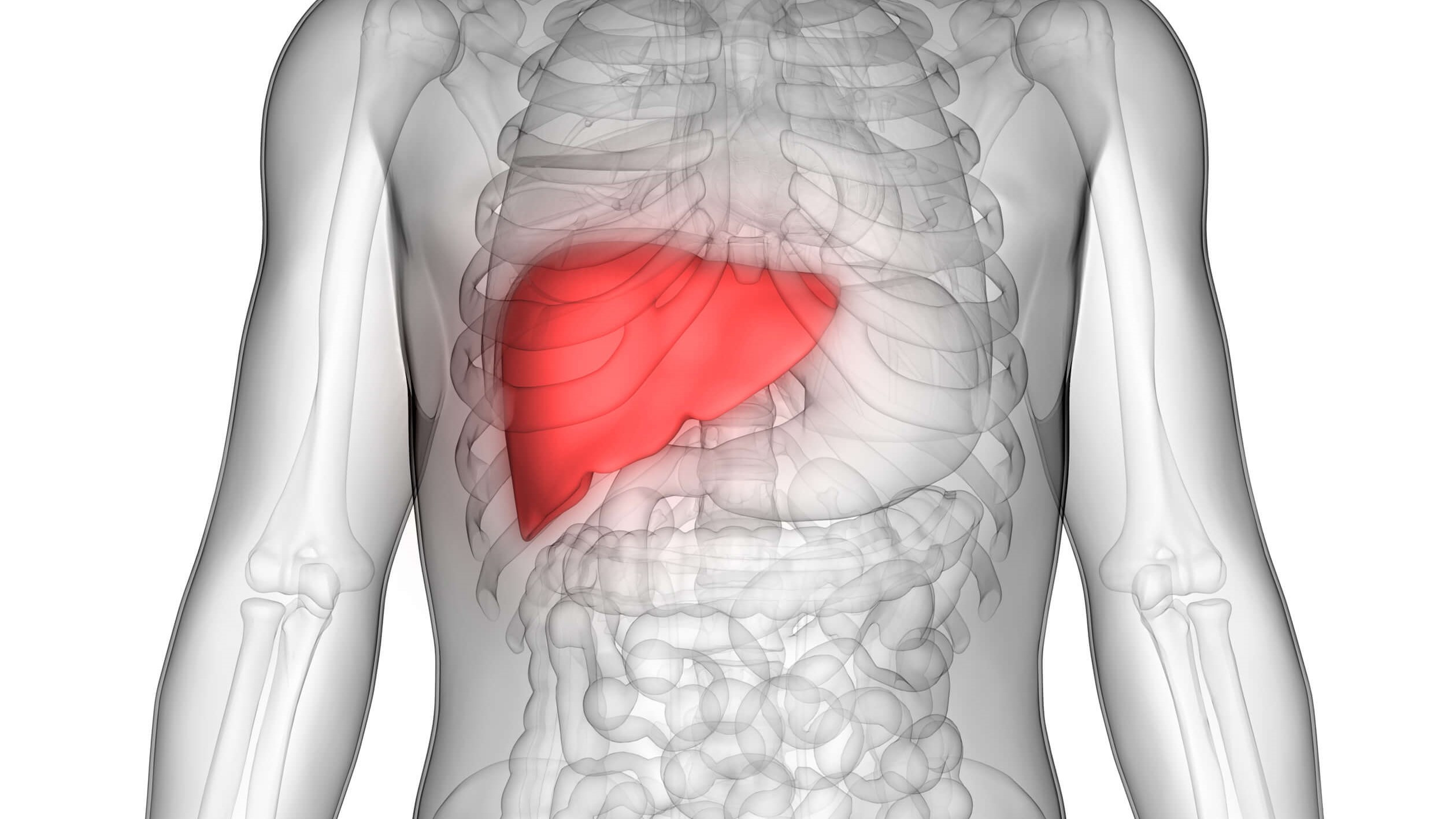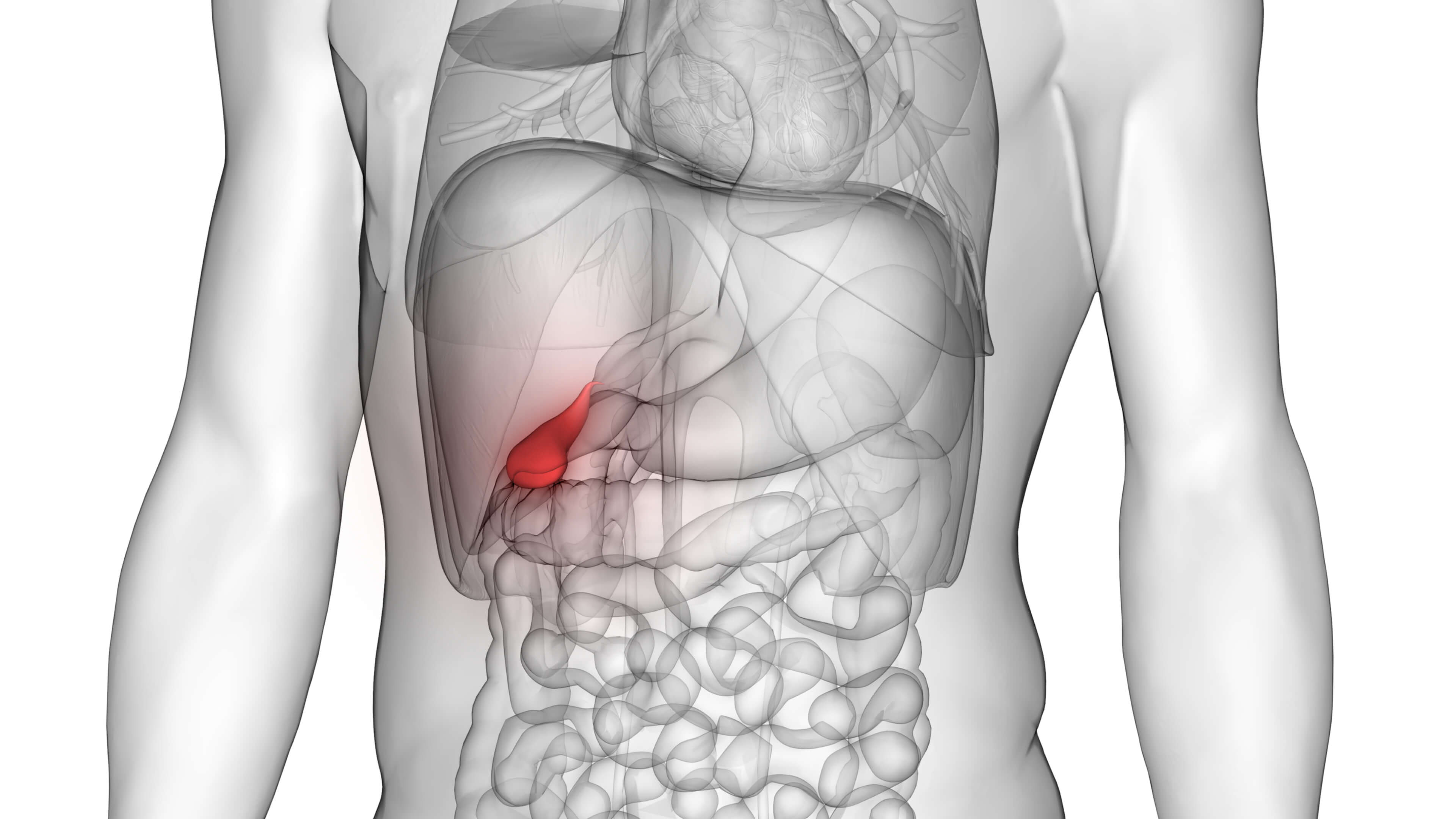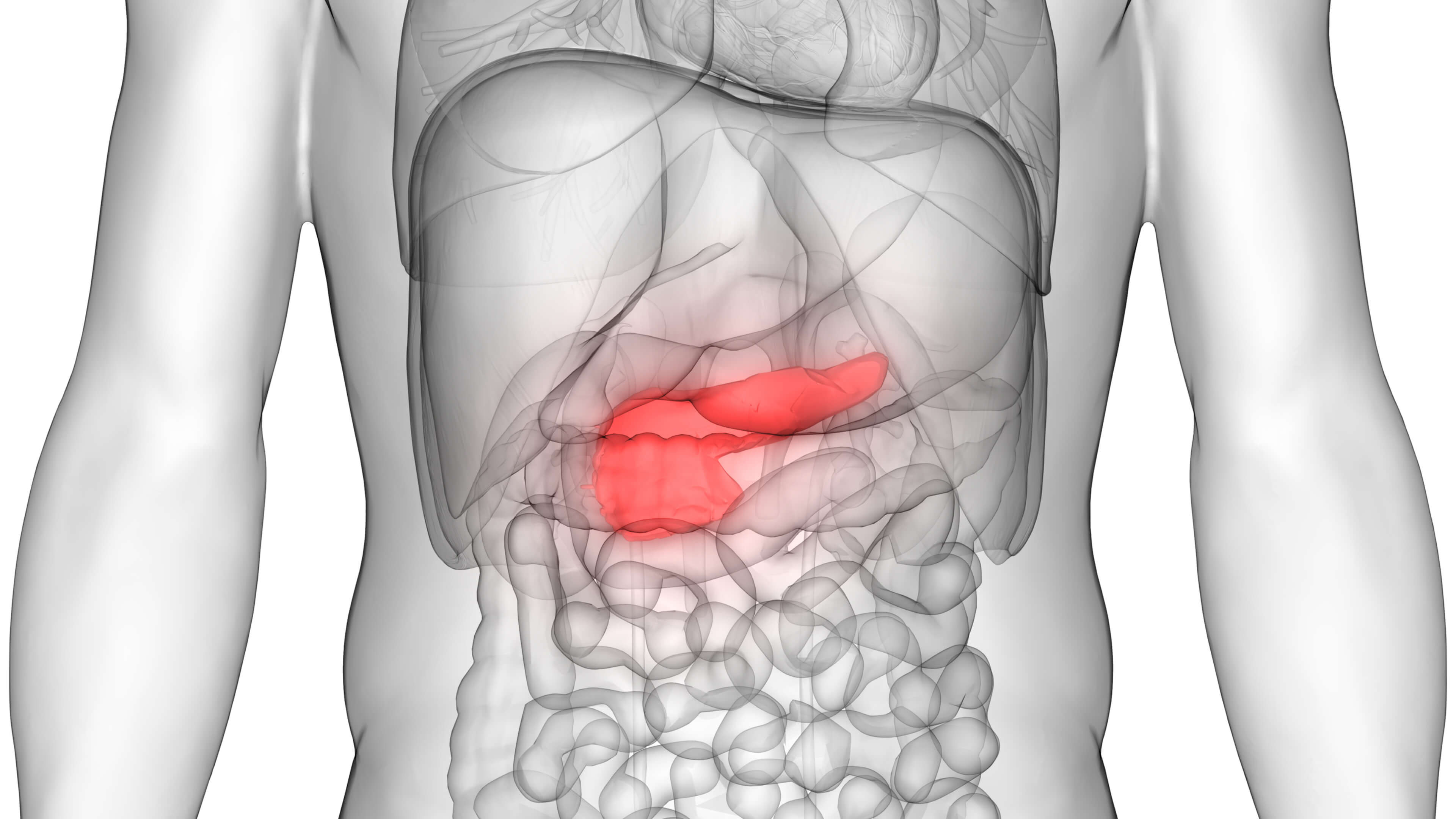About Hepatobiliary and Pancreatic Surgery
Hepatobiliary and pancreatic surgery is a subspecialty of surgery to treat benign and malignant diseases of the liver, bile duct, gallbladder and pancreas.
Common Symptoms
The common symptoms of hepatobiliary and pancreatic surgical diseases are right upper abdominal pain, epigastric pain, jaundice and fever. They are usually related to the inflammation or ductal obstruction caused by the complications of stone or tumour. However, in some cases, these diseases can be asymptomatic. As the liver is well known to be a silent organ, a large tumour can be harboured in the liver without causing any apparent discomfort and is only found incidentally during imaging study. It is recommended to carry out regular checking of the liver, especially for carriers of hepatitis B, hepatitis C, and people with history of chronic alcohol intake.
Common Diseases

Common liver surgical diseases:
Liver abscess
Liver abscess presents with upper abdominal pain, fever, nausea and vomiting. It can be diagnosed by ultrasound or CT scan. Treatments for liver abscess include fluid support, antibiotics and drainage of abscess, usually performed under ultrasound or CT guidance.
Liver cysts
Liver cysts include simple cyst and complicated cyst, usually found incidentally by ultrasound or CT scan. Simple liver cyst is benign, with regular wall and clear content. Usually, no treatment is needed, unless it is very large, causing compression to the bowel and affecting digestion. Laparoscopic liver cyst marsupialization is a typical treatment for simple liver cyst.
Complicated liver cyst, on the other hand, has an irregular wall with turbid content or internal septum. It could be a cystic tumour and is potentially cancerous. Partial liver resection has to be carried out to remove the complicated cyst.
Haemangioma, focal nodular hyperplasia, hepatocellular adenoma
Benign liver tumours include haemangioma, focal nodular hyperplasia, and hepatocellular adenoma. They are usually found by ultrasound, CT or MRI and can be observed. Surgery is unnecessary unless the tumours are very large in size, symptomatic, of if cancer cannot be excluded.
Hepatocellular carcinoma, cholangiocarcinoma, liver metastasis
Malignant liver tumours include hepatocellular carcinoma, cholangiocarcinoma, and liver metastasis. They are diagnosed by combination of blood tests, including tumour markers, liver function tests, and imaging studies, like CT, MRI or PET scan. Hepatocellular carcinoma is usually associated with chronic hepatitis B or C, alcoholic liver disease, and liver cirrhosis. The background liver function is essential in the assessment of liver tumour resectability.
If the liver function is food enough, liver resection offers the best chance of cure for malignant liver tumour. However, if the liver cannot withstand surgery, radiofrequency or microwave ablation can be an alternative to treat small tumour.

Common biliary surgical diseases:
Gallstone, cholecystitis
Gallstone is a very common condition. 20% of the patients with gallstone experience pain, which arises from gallstone obstructing the cystic duct, while the gallbladder contacts against resistance. The pain can last from minutes to hours. In severe case, there will be cholecystitis, patients may experience pain, nausea, and fever. Gallstone and cholecystitis can be diagnosed by ultrasound, CT or MRI and can be treated by laparoscopic cholecystectomy.
Common bile duct stone (CBD stone), cholangitis
If the gallstone passes into the common bile duct, it can cause bile duct obstruction. There will be pain, fever, and jaundice, with bacteria growing in the bile and rapidly entering the bloodstream. This condition is known as cholangitis. The primary treatment of cholangitis is endoscopic retrograde cholangiopancreatography, which is to relieve the obstruction and to remove the ductal stone.
Gallbladder polyp
Gallbladder polyps are usually cholesterol polyps, which are small and multiple. They are harmless and are usually incidentally detected on ultrasound. If the gallbladder polyp is large, for example larger than 1cm, it may be a true adenomatous polyp, which is potentially malignant. In this case, laparoscopic cholecystectomy is recommended.
Gallbladder cancer
For gallbladder cancer, CT, MRI or PET scan are needed to assess its staging. Gallbladder cancer can be treated by radical cholecystectomy, which includes the removal of gallbladder, adjacent segment of liver, and regional lymph nodes. Postoperative adjuvant therapy may be needed.
Bile duct cancer
Bile duct cancer usually presents with painless jaundice and tea-coloured urine, sometimes may also be associated with fever from infected bile. Patient with bile duct cancer has deranged liver function. The dilated bile duct and the location of the tumour can be demonstrated on ultrasound, CT or MRI. For upper bile duct tumour that is found in the liver hilum, bile duct resection with partial liver resection is needed; and for lower bile duct tumour, treatment requires pancreaticoduodenectomy. Postoperative adjuvant therapy may be needed.

Common pancreatic surgical diseases:
Pancreatitis
Acute pancreatitis is usually caused by the passage of stone in the common bile duct, causing obstruction to the pancreatic duct, which shares the same opening into the duodenum with the common bile duct. Pancreatitis can also occur after heavy alcohol drinking. Pancreatitis presents with severe epigastric pain that radiates to the back and is also associated with nausea and vomiting. In severe case, there will be fever. An increased amylase is demonstrated in blood tests. CT or MRI is needed to assess the cause and extent of pancreatitis. Treatments for pancreatitis are usually supportive with intravenous fluid and analgesics. If a stone is found in the common bile duct and is known to be the cause of pancreatitis, it is recommended to remove the ductal stone by endoscopic retrograde cholangiopancreatography. Surgery may be needed for various complications of pancreatitis.
Pancreatic cyst
Pancreatic cysts include pseudocyst, mucinous cystic neoplasm, serous cystadenoma, and intraductal papillary mucinous tumour. Pancreatic pseudocyst has a history of recent pancreatitis. Small cyst will usually disappear over time; but if the cyst is large and symptomatic, drainage procedure is needed.
For mucinous cystic neoplasm, CT or MRI may demonstrate a thickened or calcified cyst wall. It is potentially cancerous, hence, surgical resection is needed.
Serous cystadenoma is a cluster of numerous tiny cysts. It is benign and surgery is not needed.
Intraductal papillary mucinous tumour is connected to the pancreatic duct and may present with pain. It is potentially cancerous and may require surgical resection.
Cancer of pancreas, pancreatic neuroendocrine tumour
Solid pancreatic tumours, such as adenocarcinoma and neuroendocrine tumour, are malignant. Pancreatic head tumour usually presents with painless progressive jaundice. Patients may observe tea-coloured urine and impaired appetite. Pancreatic body and tail tumour, on the other hand, is usually asymptomatic, or sometimes presents with dull epigastric pain and weight loss. Pancreatic tumour should be staged by CT, MRI or PET scan. If the tumour is resectable, pancreaticoduodenectomy can be performed to treat pancreatic head tumour and distal pancreatectomy to treat pancreatic body or tail tumour. Postoperative adjuvant therapy may be needed.
Diagnostic Tests
Blood tests:including liver function test, serum amylase and tumour markers like alpha fetoprotein and carcinoembryonic antigen.
Imaging studies: ultrasound, computed tomography (CT), magnetic resonance imaging (MRI) and positron emission tomography (PET).
Endoscopy: endoscopic retrograde cholangiopancreatography and choledochoscopy.
Treatments
In addition to endoscopic therapy, laparoscopic cholecystectomy, exploration or resection of the common bile duct, drainage procedure for pancreatitis, pancreatic resections like pancreaticoduodenectomy, distal pancreatectomy and various forms of liver ablation and resection are also some examples of surgical treatment for hepatobiliary and pancreatic diseases. Thanks to the advances in minimally invasive therapeutic procedures, antiviral medications, novel oncologic therapy, and exploration of intrinsic liver regeneration capacity and segmental structure, treatments of many previously incurable liver malignancies are now feasible.
For the management of more advanced and complex or multi-organ malignancy, multidisciplinary collaboration is essential. Virtus Medical provides a full panel of specialists, including hepatobiliary surgeons, gastrointestinal surgeons, colorectal surgeons, thoracic surgeons, gastroenterologists, hepatologists and clinical oncologists to provide patients with comprehensive and effective disease management. We also receive strong support from the in-house wound nurse specialists and the allied health professionals including physiotherapists and dietitians to offer holistic care for our patients.
Contact Us
| +852 8102 2022 | |
| CustomerCare@VirtusMedical.com | |
| 6/F, Virtus Medical Tower, 122 Queen's Road Central, Hong Kong |